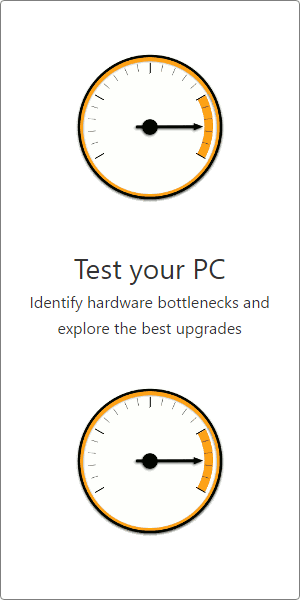Effective Speed
+141%
Poor: 77%
Great: 94%
SPEED RANK: 82nd / 714
Poor: 34%
Great: 39%
SPEED RANK: 157th / 714
| Effective 3D Speed
Effective 3D Gaming GPU Speed |
86.6 % | Hugely faster effective speed. |
36 % |
Average Score
+112%
Overclocked Score
+114%
Value & Sentiment
+33%
Nice To Haves
+109%
Conclusion
Average Bench 86.6%
Average Bench 36%
User Builds
91,676
4,292
Systems with these GPUs
Top Builds that include these GPUs

 GPU
GPU
